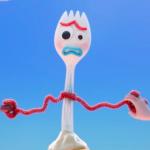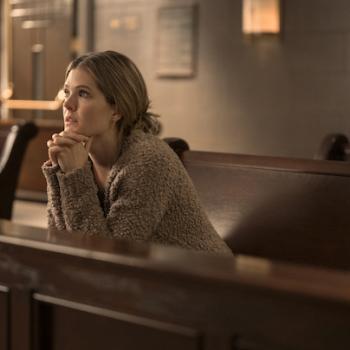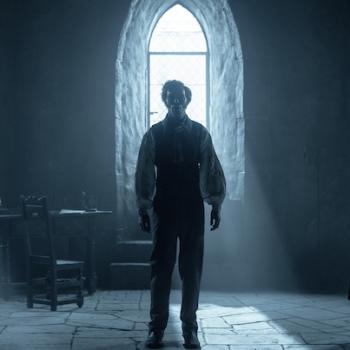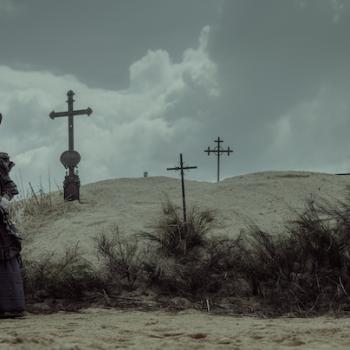
It goes back to Augustine, who said that evil can’t ever create anything. It can only twist and corrupt and mock God’s infinitely good creations, and those corruptions are called sins. According to the Bible, humankind was pretty much God’s greatest creation. And I believe that when we’re told that we were crafted in His image, part of His image is the desire to create. Again, we can’t conjure stuff out of nothing, like God can, but we can take the materials He gave us and make some pretty cool things.
So theologically, it makes sense that we’d be creeped out when our own mimicry of creation—especially created objects that look like us—are given strange, inexplicable life.
Sometimes, the creations themselves seem unsettled by what they’ve become.
When I watched Forky come to life in Toy Story 4, I was struck by how Frankensteinian it felt—how, like Frankenstein’s monster, Forky was initially so confused and bothered by entry into the land of the living. Obviously, Forky’s transition from dead trash to living toy wasn’t meant to be creepy. But it was done with purpose: The movie is deeply concerned with questions about life and meaning, and so it needed us to consider our own lives … and ponder why we ourselves live and breathe.
But while Forky’s creation is both innocent and, in its own way, natural (what kid hasn’t made a toy out of trash?), some of the movie’s other animated dolls are decidedly darker. The ventriloquist dummies in Toy Story 4 are particularly disturbing. Throughout the franchise, we’ve been told again and again who the toys serve: Us. They’re all about loving their kids and being loved by them in return. That’s what makes the dummies so interesting. Instead of serving a human boy or girl, they serve another toy—the deceptively sweet Gabby Gabby.
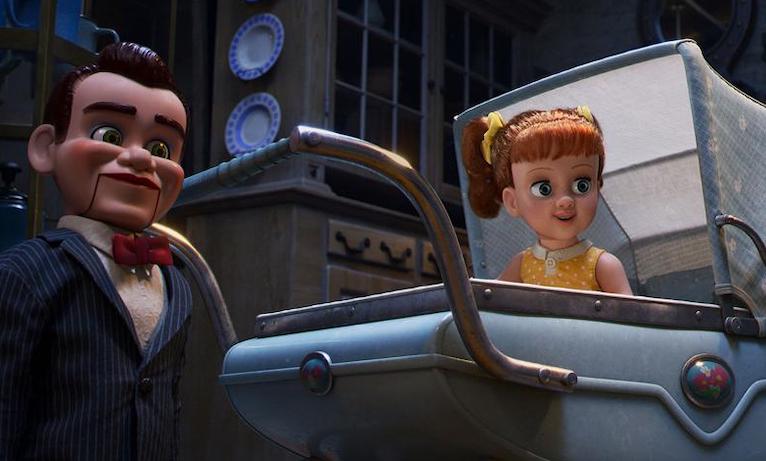
It seems like that’s another thread in these stories. These animated dolls stop caring so much about their creators or owners and instead serve something or someone else. Often themselves.
Like Forky, the new version of Chucky in Child’s Play comes to life with a certain naivety about him. Instead of being imbued with the spirit of a serial killer from the get-go (as happened in the original 1988 movie), this Chucky was always meant to be animate. He was intended to be a futuristic amalgamation of Siri and a Furby—a digital assistant-slash-plaything that would talk and play and learn all about you.
That’s creepy enough, of course. But at least Chucky would be fulfilling his created, out-of-the-box purpose. But as the world around him corrupts his created nature, he turns emotional, then jealous and, ultimately evil. There’s nothing inescapably supernatural about the doll: His terribleness is a product his own free will and his creators/owners’ own shortcomings—a broken creation by broken creators.
Meanwhile Annabelle, the grotesque titular star of the upcoming Annabelle Comes Home, is purely demonic. In Annabelle: Creation, we learn that the doll itself was the loving creation of a talented toymaker—a gift to his daughter, Bee. But when Bee is killed and the toymaker and his wife ask, basically, anything supernatural to give them their daughter back, it opens the door for a demon to take possession of the doll. Just as our own God-given creations were filled and animated with the breath of God, Annabelle—a man-made facsimile of humankind—was, through tragedy and hubris, imbued with something much worse.
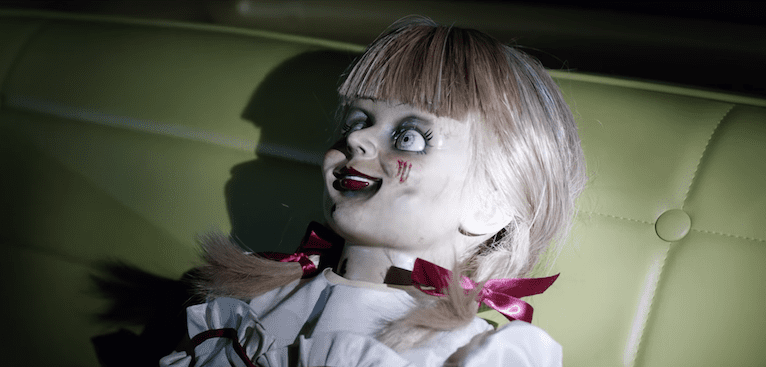
These three movies take very different pathways toward unsettling their viewers. But they all do so through the same conduit: Dolls.
Yes, dolls can be scary, and they become especially so when their original purpose is perverted. We’ll see plenty of them in theaters in the next couple of weeks. And they won’t be the last. Their spiritual underpinnings ensure that they’ll always want to come out and play.


